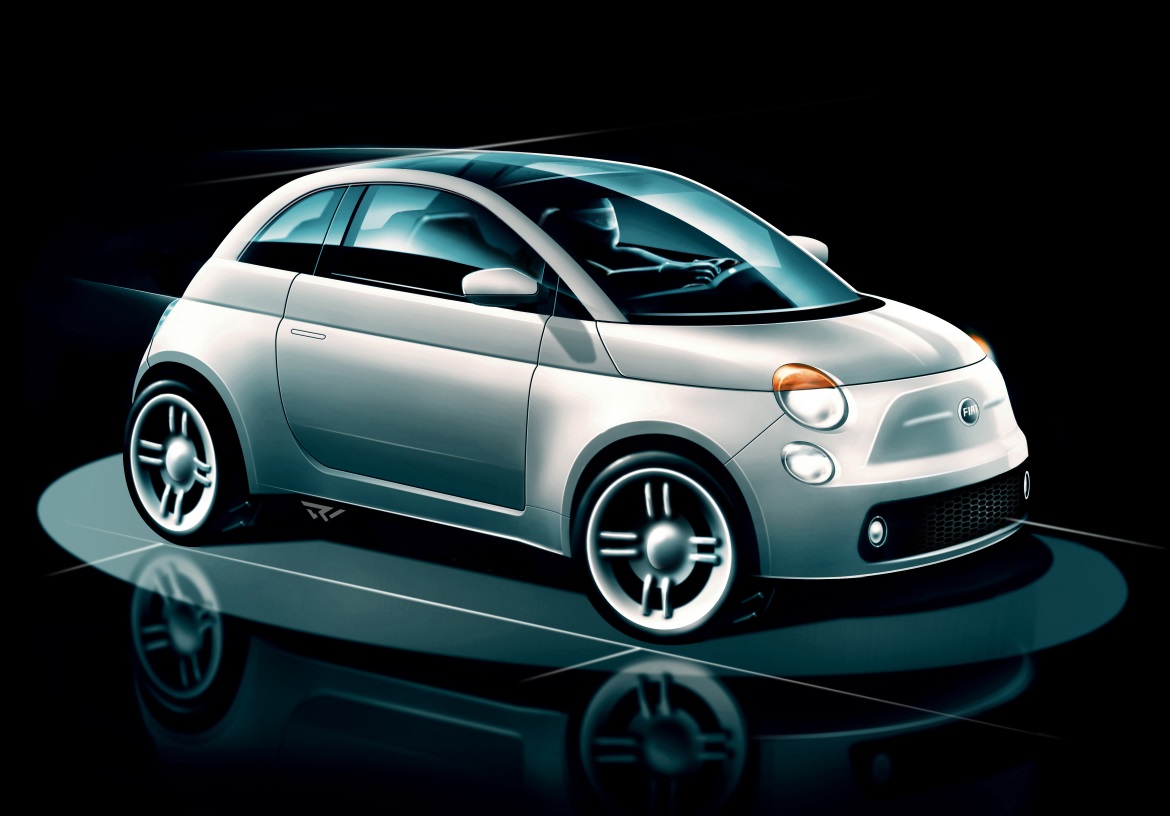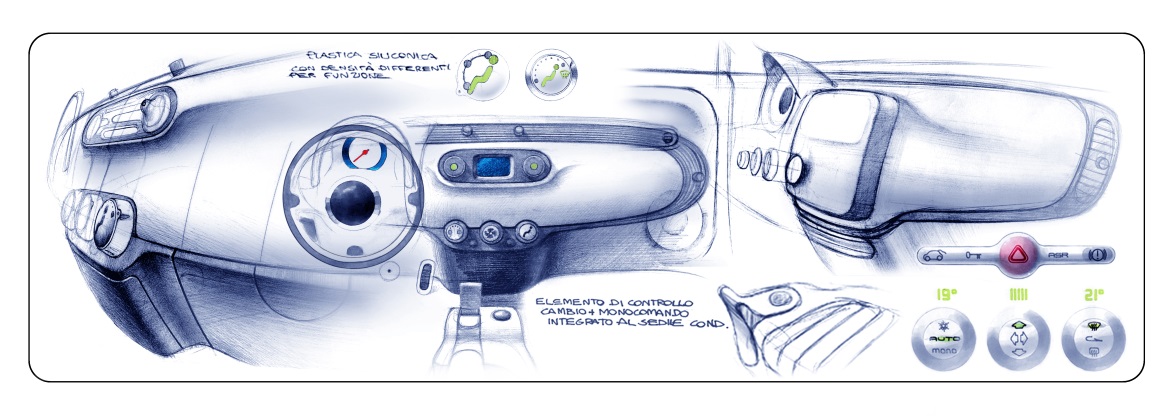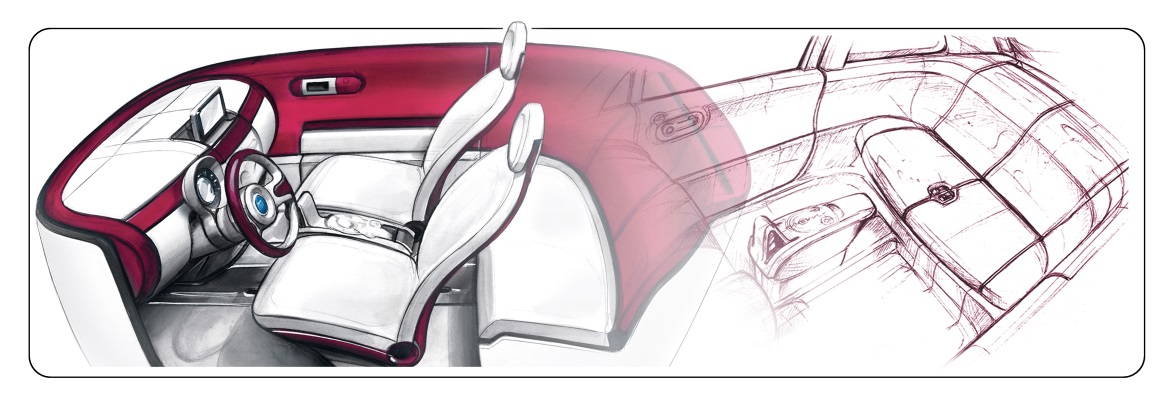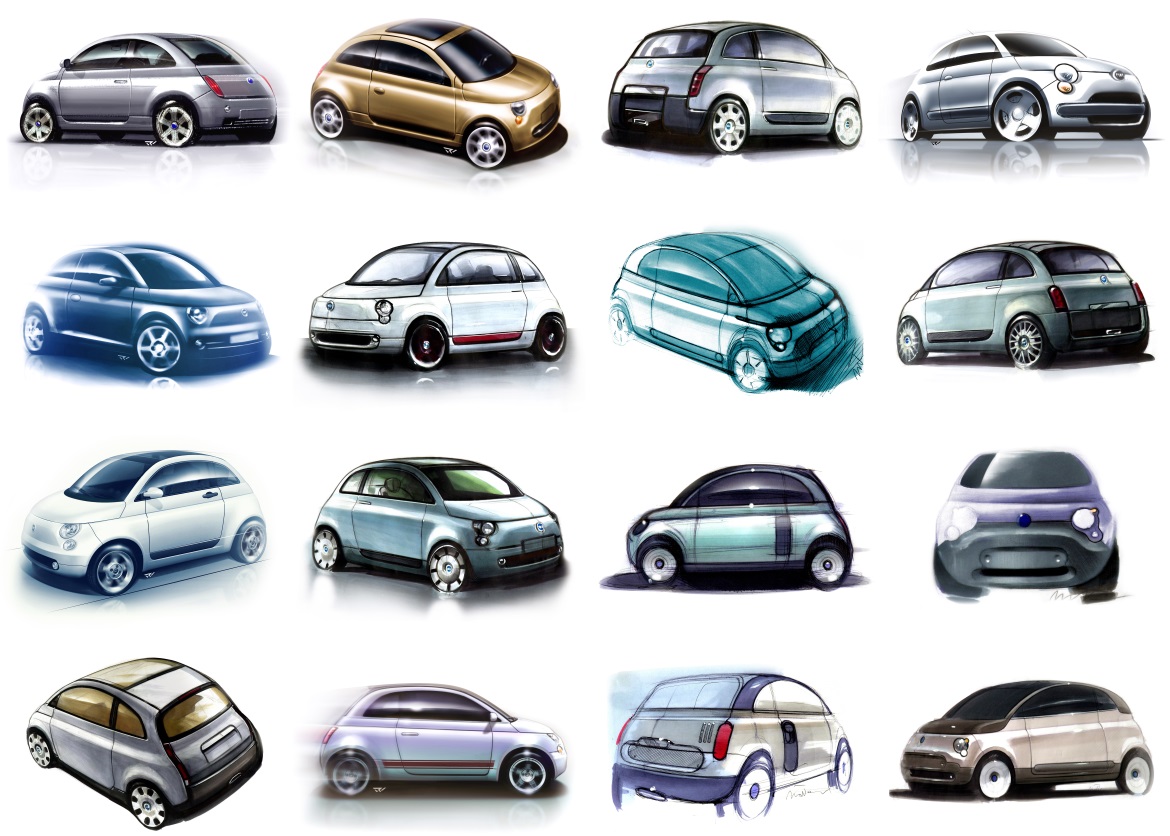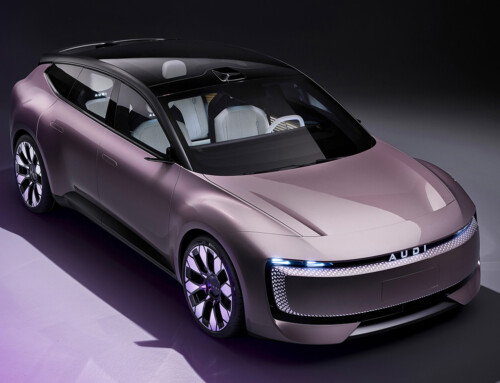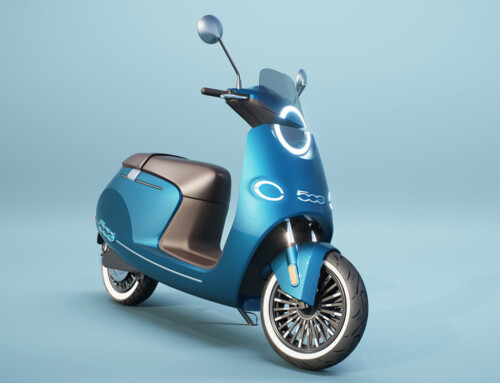A FLEXIBLE CONCEPT (Auto&Design no.166 Supplement)
The white livery in which the concept car wasunveiled at Geneva took everyone a little by surprise. There was no mistaking what itwas – a reincarnation of the Fiat 500, even though the little concept car was called Trepiùno. But why white? At the time, in March 2004, Fiat’s designers had to explain what has now become an almost obvious choice. The now established predilection for the colour white as a bold statement of intention was just beginning to gain a foothold in industrial design, and the designers of the Trepiuno concept were already looking forward to the future in their eagerness to put the 21st Century 500 onto the road as soon as possible.
Just like its namesake predecessor, the strength of the new 500 lies in its modernity. “While it shares its spirit with a car from half a century ago, its defining trait is an ability to adapt to the requisites of individuals living in the contemporary world”, comments Roberto Giolito, who oversaw the project since its inception from his position as director of Advanced Design (he was also director of Fiat’s Innovation Style). It is significant that the 500 was conceived within a context of advanced design.
The initial brief, defined in 2003 together with the director of Fiat product development at the time, Nevio Di Giusto, called for something that “was not a replica of the historic model, but a car that reinterpreted the 500, capturing its proportions and identity in a contemporary key”, explains Giolito. The result was the Trepiùno, unveiled at Geneva in 2004, with a name (‘tre più uno’ translates as ‘three plus one’) referring to the car’s interior layout, which has three seats in all – two in front and one behind the driver – with an additional fourth seat available behind the front passenger by sliding the latter’s seat forward, a manoeuvre made possible by the partially retractable dash.
However, few remember the Trepiùno for its avant-garde interior and its flexible materials, touch controls and slim seats for optimized space usage. It was the car’s exterior style, defined by picking the best aspects of three different initial proposals, which sealed the success of the design, with its pyramid shape, friendly face with two round headlights and the trademark ‘whiskers’, the only non-functional, merely decorative features conceded by the creator of the 1957 500, Dante Giacosa.

